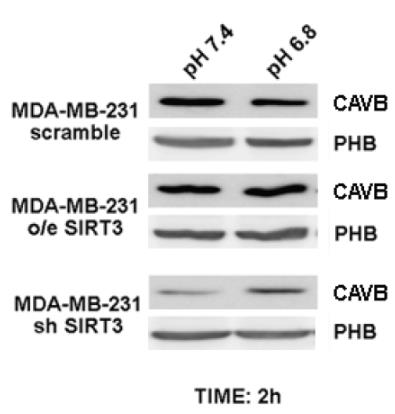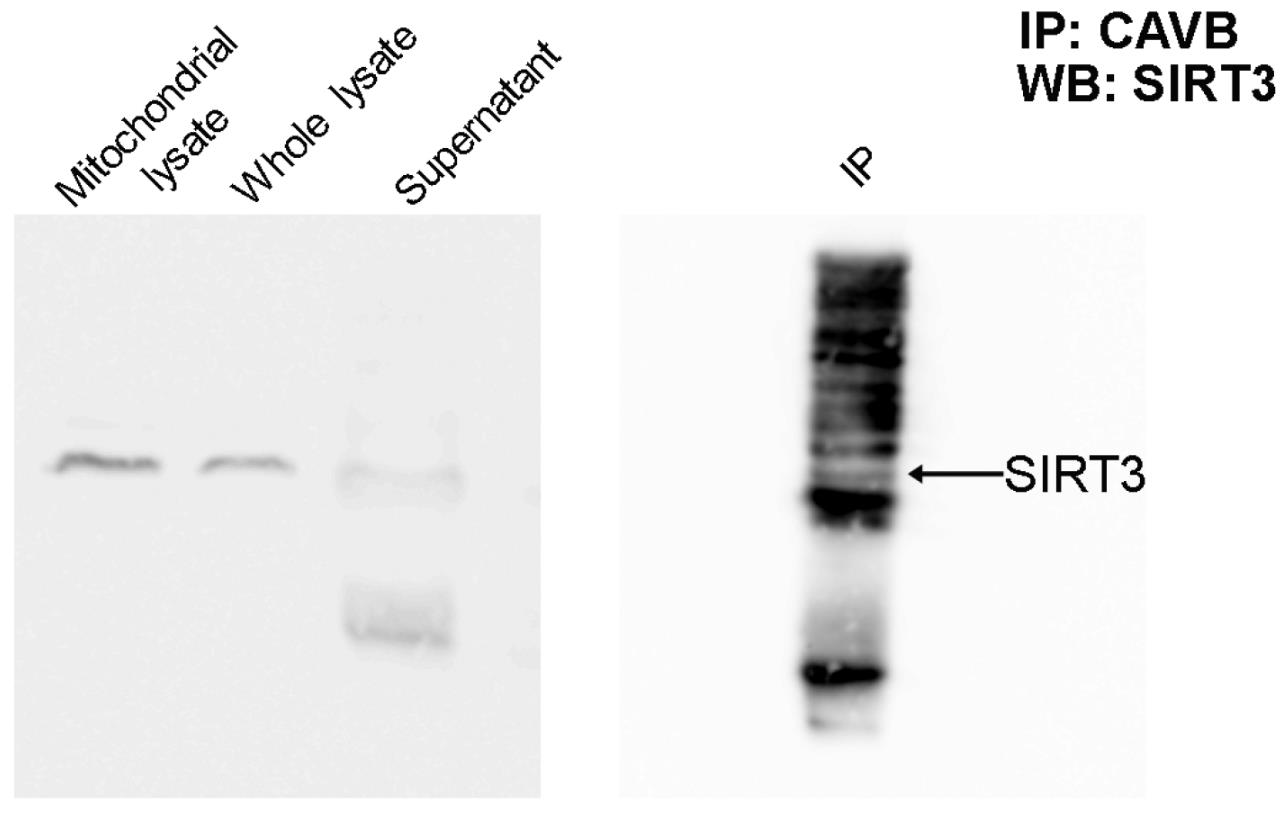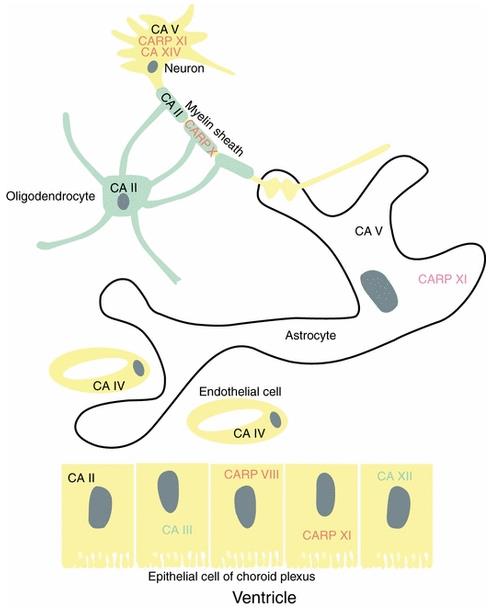Active Recombinant Human CA5B protein(Cys34-Pro317), His-tagged
| Cat.No. : | CA5B-1125H |
| Product Overview : | Recombinant Human CA5B (Q9Y2D0) (Cys 34-Pro 317) was expressed in E. coli, fused with a polyhistidine tag at the C-terminus and an initial Met at the N-terminus. |
| Availability | December 13, 2025 |
| Unit | |
| Price | |
| Qty |
- Specification
- Gene Information
- Related Products
- Case Study
- Application
- Download
| Species : | Human |
| Source : | E.coli |
| Tag : | His |
| Protein Length : | Cys34-Pro317 |
| Form : | Lyophilized from sterile 20mM Tris, 50mM NaCl, 0.05% Brij-35, pH 8.0. Normally 5 % - 8 % trehalose, mannitol and 0.01% Tween80 are added as protectants before lyophilization. |
| Bio-activity : | Measured by its esterase activity. The specific activity is >150 pmoles/min/μg. |
| Molecular Mass : | The recombinant human CA5B comprises 295 amino acids and migrates as an approximately 34 kDa band as predicted in SDS-PAGE under reducing conditions. |
| Purity : | > 97 % as determined by SDS-PAGE |
| Storage : | Samples are stable for up to twelve months from date of receipt at -20°C to -80°C. Store it under sterile conditions at -20°C to -80°C. It is recommended that the protein be aliquoted for optimal storage. Avoid repeated freeze-thaw cycles. |
| Reconstitution : | It is recommended that sterile water be added to the vial to prepare a stock solution of 0.2 ug/ul. Centrifuge the vial at 4°C before opening to recover the entire contents. |
| Gene Name | CA5B carbonic anhydrase VB, mitochondrial [ Homo sapiens ] |
| Official Symbol | CA5B |
| Synonyms | CA5B; carbonic anhydrase VB, mitochondrial; carbonic anhydrase 5B, mitochondrial; carbonic dehydratase; carbonate dehydratase VB; CA-VB; MGC39962; |
| Gene ID | 11238 |
| mRNA Refseq | NM_007220 |
| Protein Refseq | NP_009151 |
| MIM | 300230 |
| UniProt ID | Q9Y2D0 |
| ◆ Recombinant Proteins | ||
| CA5B-577H | Active Recombinant Human CA5B Protein, His-tagged | +Inquiry |
| Ca5b-7838R | Recombinant Rat Ca5b protein, His-tagged | +Inquiry |
| CA5B-2741HF | Recombinant Full Length Human CA5B Protein, GST-tagged | +Inquiry |
| Car5b-1961M | Recombinant Mouse Car5b Protein, Myc/DDK-tagged | +Inquiry |
| Car5b-7837M | Recombinant Mouse Car5b protein, His-tagged | +Inquiry |
| ◆ Cell & Tissue Lysates | ||
| CA5B-265HCL | Recombinant Human CA5B cell lysate | +Inquiry |
Case 1: Shah GN, et al. Proc Natl Acad Sci U S A. 2000
A second mitochondrial carbonic anhydrase in mice, named CA VB, was identified due to its similarity with the previously known CA VA. The CA VB cDNA encodes a 317-amino acid precursor with a 33-amino acid mitochondrial leader sequence. Studies in COS cells showed that both CA VB and CA VA are active and localize in mitochondria, with similar activities. Expression analyses revealed that CA VB is present in most mouse tissues, unlike CA VA, which is mainly in the liver, muscles, and kidneys. The human version of CA VB shows a higher sequence similarity to its mouse counterpart (95% identity) compared to CA VA (78% identity). Evolutionary analysis indicates that CA VB evolves more slowly than CA VA, suggesting that these enzymes have developed distinct physiological roles over time.

Fig1. Homogenates of different tissues containing 50 μg of protein were analyzed by SDS/PAGE.

Fig2. Northern blot analysis of CA VA and CA VB mRNA tissue distribution.
Case 2: Aventaggiato M, et al. Pharmaceuticals (Basel). 2024
Cancer cells adjust their metabolism to build an acidic setting that can drive tumor growth and resist chemotherapy. They have tricks to deal with low extracellular pH. This study looked at how mitochondrial sirtuin 3 (SIRT3) aids cancer cells in these tough conditions. By tweaking SIRT3 levels in certain cancer and kidney cells and growing them in different pH levels, it was discovered that SIRT3 helps them survive better. The study highlighted that SIRT3 controls intracellular pH by regulating mitochondrial carbonic anhydrase VB (CAVB). Additionally, using a new SIRT3 activator, similar results were observed. These findings suggest that tweaking SIRT3 activity could potentially reduce tumor cell resistance to acidic environments and improve cancer treatment effectiveness.

Fig1. Western blot showing CAVB expression in MDA-MB-231 clones.

Fig2. Mitochondrial extract from MDA-MB-231 scrambled cells was immunoprecipitated with an anti-CAVB antibody.
Human Carbonic Anhydrase V (CA5B) is an enzyme found in the mitochondria that helps balance carbon dioxide levels and is vital for many biological processes like breathing, bone breakdown, and the creation of bodily fluids. Research often uses recombinant CA5B (rhCA5B) to explore these processes, especially since it's highly active in organs such as the heart and lungs. Scientists use various tests like ELISA and Western blot to see how CA5B operates and how it can be inhibited by certain compounds, potentially offering insights into treatments for disorders involving acid-base imbalances.
On the industrial front, rhCA5B is valuable in drug discovery and development, focused on enzymes that play a part in metabolic activities. It's produced in bacteria such as E. coli for easy purification and is essential for creating new therapies and studying enzyme behavior. Having a reliable source of rhCA5B aids scientific experiments in terms of consistency and precision and is used to develop diagnostic tools that detect CA5B in the body, helping further our understanding of its role and related health conditions.

Fig1. Carbonic anhydrases (CA) isozymes present in various CNS cells. (Giuseppina De Simone, 2009)
Not For Human Consumption!
Inquiry
- Reviews (0)
- Q&As (0)
Ask a Question for All CA5B Products
Required fields are marked with *
My Review for All CA5B Products
Required fields are marked with *



